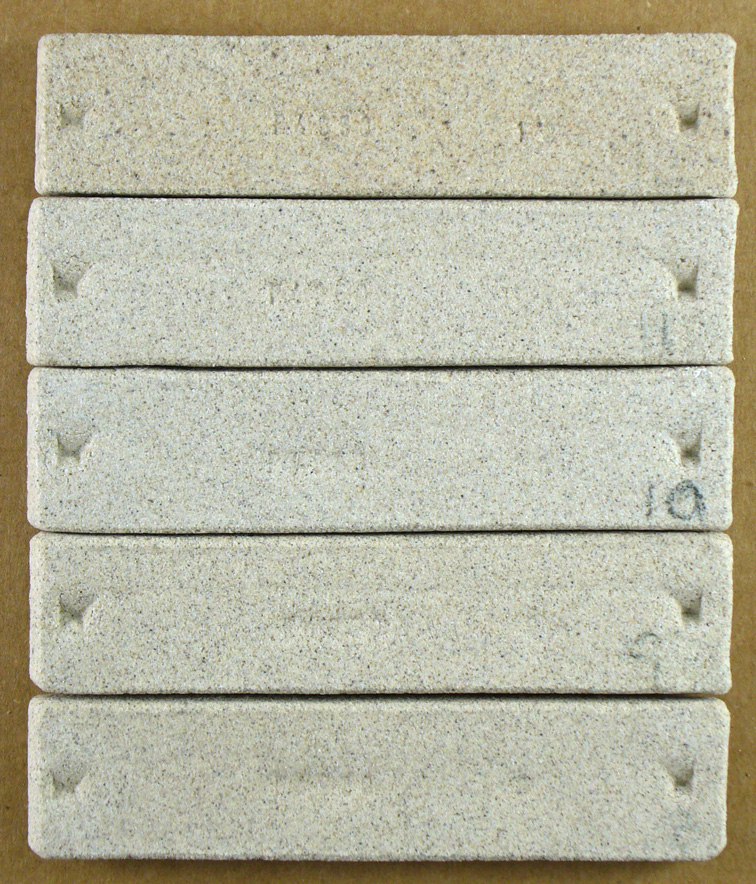Kaosand
Description
A fine, white firing, refractory, kaolinized sand suitable as a body constituent to diversify particle size, add texture, improve drying, and reduce plasticity. This is a unique and consistant material mined in Southern Saskatchewan. It is about 40% fine 60-100 mesh silica sand. The rest is kaolinite clay (with some other feldspathic and clay minerals). The raw lump material has an exceptionally clean appearance and slakes readily to its ultimate particle sizes. We find this material valuable as a body additive to improve drying, to add texture, and to open up the matrix to prevent bloating. Since refractory clays are often too plastic Kaosand is a very useful clean additive that cuts plasticity and maintains the refractory character.
Process Properties
This is a non-plastic material, it cannot be mixed with water and formed by itself. If Kaosand is employed in plastic clay bodies at less than 10% its presence should be barely detectable. At amounts approaching 20% bodies will begin to feel sandy, especially on the wheel.
However in less plastic bodies and in greater amounts its presence will add a a significant sandy texture, increase water splitting in the plastic stage, and increase the generation of slip during throwing.
Firing

Test bars made from 50% Kaosand and 50% ball clay; fired from cone 10R (top) and from 11 down to 8 oxidation (downward)
Since Kaosand is high in quartz mineral adding too much to a body may compromise its ability to pass through quartz inversion without cracking in the kiln. However since the quartz particles are quite fine this is normally not a problem as long as less than about 15% is employed.
Kaosand does have some fine iron particles that display as very tiny black specks in oxidation but are larger in reduction.
Physical Properties
Drying Shrinkage (50% OM4 Ball Clay 21% water): 6.0-7.0% Drying Factor: B130 LOI: 5.5-6.5%
Fired Shrinkage (50% OM4 Ball):
Cone 6: 4.0-5.0% Cone 8: 5.0-6.0 Cone 10: 5.5-6.5
Fired Absorption (50% OM4 Ball):
Cone 6: 6.5-7.5% Cone 8: 3.5-4.5 Cone 10: 2.5-3.5
Sieve Analysis (Tyler mesh):
+48 (300 microns): 0-0.1% 48-65 (300-210 microns): 7.0-13.0 65-100 (210-149): 23.0-30.0 100-150 (149-106): 8.0-12.0 150-200 (106-75): 5.0-10.0 200-325 (75-45): 5.0-9.0
